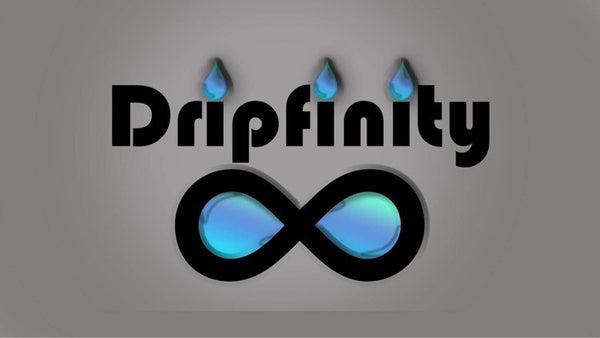The Rise of AI-Generated Art
Introduction
Artificial Intelligence (AI) is no longer limited to science fiction movies and tech labs. It has started to make its mark in the art world, revolutionizing the way we create and appreciate art. AI-generated art, which is created by algorithms and computer systems, has gained significant recognition and popularity in recent years. This blog post explores the rise of AI-generated art, its implications, and its impact on the art market.
A New Era of Creativity
The rise of AI-generated art has ushered in a new era of creativity. Artists and designers are now utilizing AI algorithms and machine learning techniques to create artworks that were previously unimaginable. These algorithms can analyze vast amounts of data, learn from patterns, and generate unique and innovative pieces of art.
AI-generated art has extended the boundaries of human imagination. It allows artists to explore new artistic styles, experiment with unconventional materials, and even collaborate with intelligent systems to create interactive and dynamic artworks. This amalgamation of human creativity and machine intelligence has opened up a whole new world of artistic possibilities.
The Impact on the Art Market
The advent of AI-generated art has had a profound impact on the art market. Traditional art forms are now being challenged by these algorithmically created masterpieces. Collectors and art enthusiasts are increasingly embracing AI-generated art as a valuable addition to their collections.
The accessibility and affordability of AI-generated art have also democratized the art market. Previously, art was often limited to a privileged few, but now, anyone with an internet connection can discover and purchase AI-generated artwork. Platforms like Dripfinity Immersive Art and WondrAI have become popular destinations for art lovers and buyers looking to explore and acquire AI-generated artworks.
Controversies and Challenges
As with any emerging technology, AI-generated art has sparked several controversies and challenges. One of the main concerns is the question of authorship and originality. Who owns the rights to AI-generated artworks? Is it the artist, the AI algorithm, or the person who trained the algorithm? These legal and ethical questions are still being debated and have yet to be fully resolved.
Another challenge is the fear of AI replacing human artists. While AI can assist artists in the creation process, many argue that it can never truly replace the human touch and subjective interpretation that makes art so unique and powerful. AI-generated art may lack the emotional depth and complex narratives that human artists bring to their work.
The Future of AI-Generated Art
The future of AI-generated art is both exciting and uncertain. As AI technology continues to advance, we can expect even more sophisticated and realistic artworks to be created. AI algorithms may be able to replicate the artistic styles of renowned artists or combine multiple styles to create something truly innovative.
Additionally, AI-generated art has the potential to play a significant role in other industries beyond the art world. From advertising and fashion to interior design and architecture, AI-generated visuals can enhance creativity and bring new possibilities to various fields.
In conclusion, AI-generated art is revolutionizing the art world and challenging traditional notions of creativity and authorship. It has become a valuable addition to the art market, offering new opportunities for artists, collectors, and enthusiasts. While controversies and challenges persist, the future of AI-generated art holds immense promise and potential.
Explore the world of AI-generated art at Dripfinity Immersive Art and experience the innovative AI algorithms of WondrAI in action.

